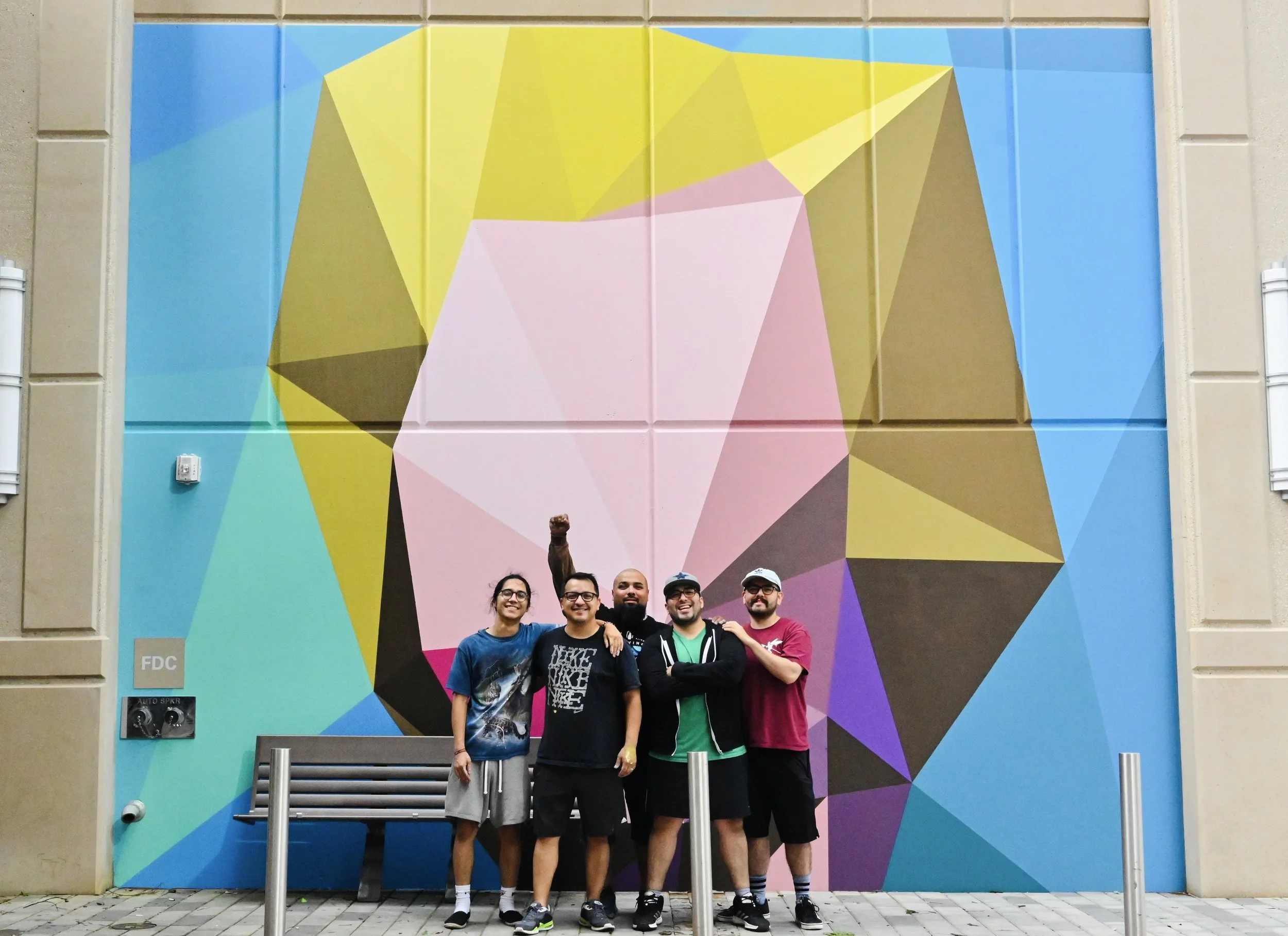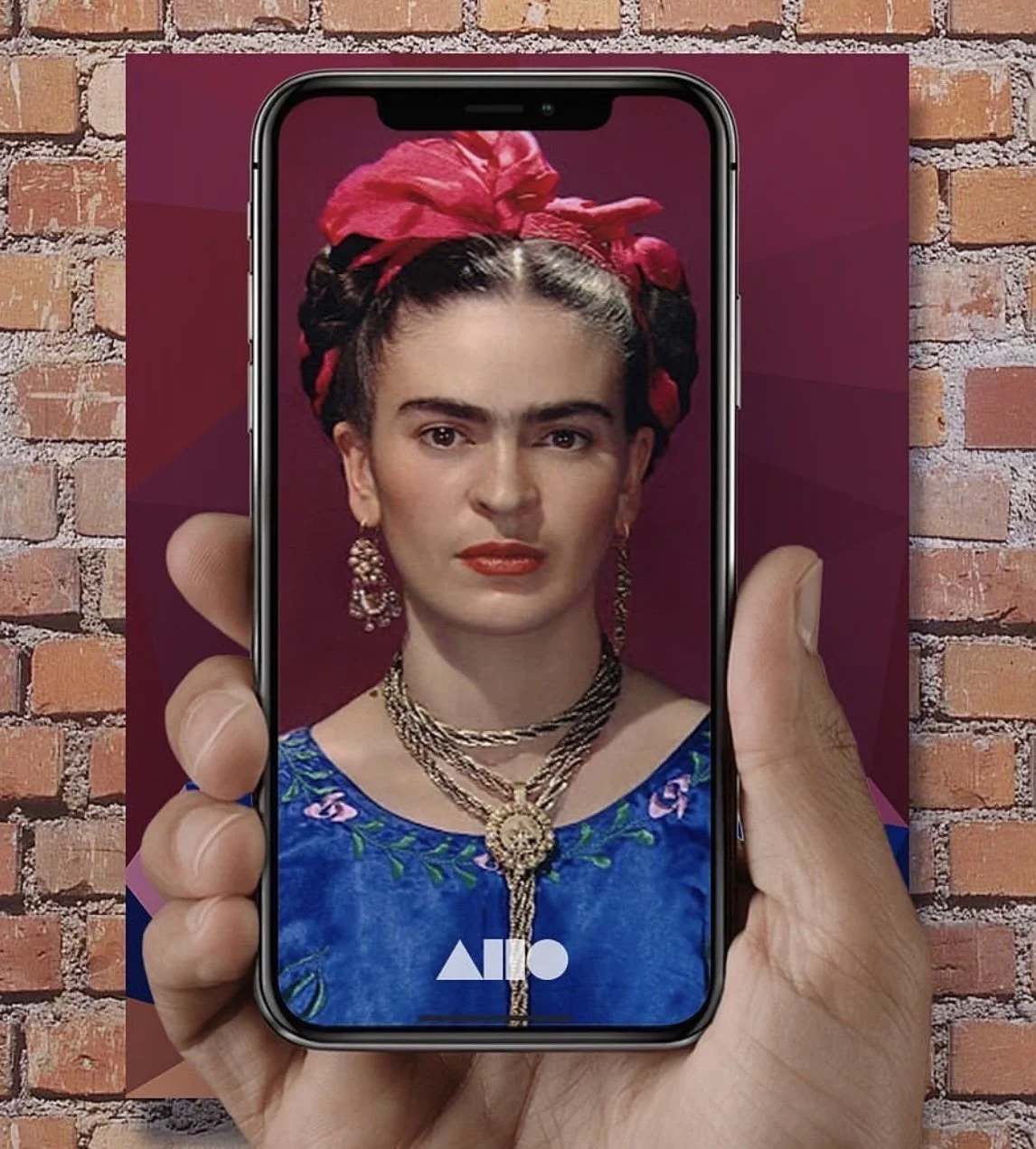
ART ACTIVATIONS
Art activations transform how audiences interact with art by inviting participation and encouraging a deeper connection beyond mere observation. By breaking down barriers between the art and the audience, these experiences foster creative dialogue and promote inclusivity, allowing diverse audiences to explore and engage with artistic expressions in innovative ways. We believe that this interaction not only enhances appreciation for the arts but also inspires curiosity and exploration, ultimately redefining the purpose and impact of art in society.
INTERACT WITH ART…
-

Street Art and Murals
Street art activations serve as dynamic platforms for artists to express social and political commentary while enhancing the aesthetic appeal of urban landscapes. By transforming public spaces into canvases, street artists engage local communities, encouraging dialogue about art's role in society and challenging perceptions of public spaces. These vibrant interventions not only beautify neighborhoods but also ignite conversations around culture, identity, and the nature of art in urban environments.
-

Performance Art
Performance art integrates visual art, theater, and dance, utilizing the artist's body as a medium for expression. By embedding ideas, emotions, and narratives within their movements and gestures, artists create immersive experiences that can transform galleries, public spaces, or unconventional locations into dynamic environments. This form of art challenges traditional boundaries, inviting viewers to actively engage with transient works that emphasize the impermanence of the human experience, provoking thought and eliciting emotional responses that go beyond conventional artistic presentations.
-

Interactive Installations
Art activations transform traditional viewing into a participatory experience, encouraging audiences to interact with the artwork through various mediums such as interactive sculptures, light installations, and immersive digital experiences. This engagement develops a deeper connection between the viewer and the art, blurring the boundaries between creator and observer while stimulating creativity and personal expression.
-

Site-Specific Art Installations
Site-specific art is a form of artwork designed to exist in a particular location, responding to and engaging with the physical, architectural, and historical context of the environment. Artists often incorporate elements of the site—such as its landscape, cultural significance, and community—into their work, nuturing a dialogue between the art and its surroundings. This approach not only encourages viewers to experience the artwork in relation to its setting but also enriches the narrative and meaning behind the piece, making it an integral part of the location’s identity.
-

Participatory Art Activations
Participatory art activations encourage a sense of community by transforming the audience from passive observers into active participants, allowing them to express their creativity and share personal narratives within the artwork. These engagements can take various forms, such as performance art that includes audience interaction, or installations that evolve through viewer contributions, thereby democratizing the artistic process and enhancing the experience for both artists and participants.
-

Augmented / Virtual Reality Art
VR technologies are revolutionizing the art world by providing immersive experiences that allow users to engage with digital artworks in dynamic ways. Mobile apps enable viewers to explore virtual environments, interact with 3D art pieces, and participate in interactive narratives, creating a more personal and engaging connection to the artwork. This evolution not only enhances the accessibility of art but also encourages innovative artistic expressions that blend technology with creative vision, transforming how audiences experience and appreciate art.
POP-UP EXPERIENCES
ART meets FASHION
ART meets PERFORMANCE



